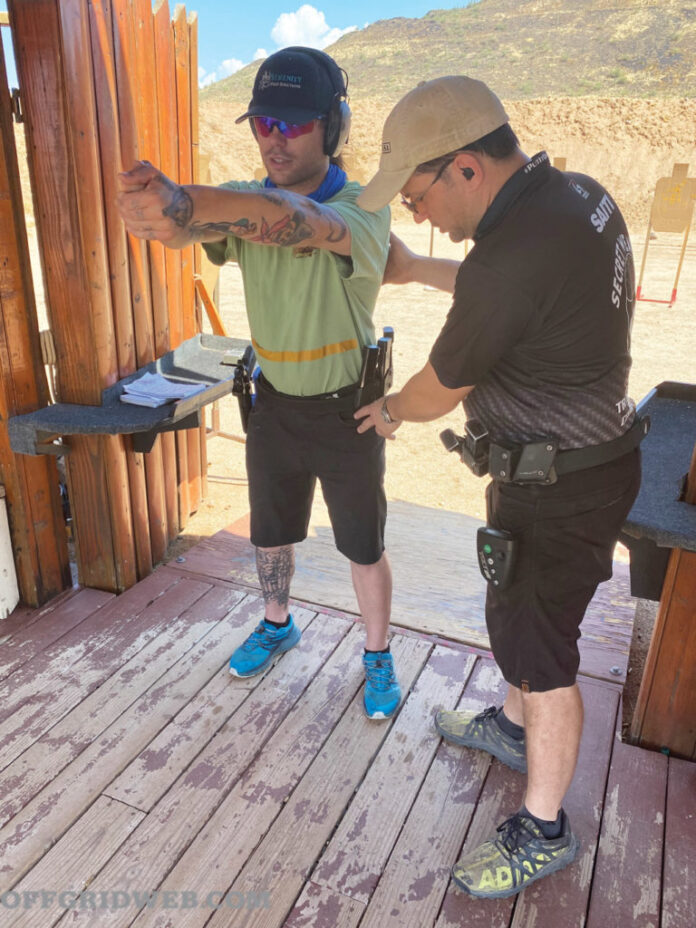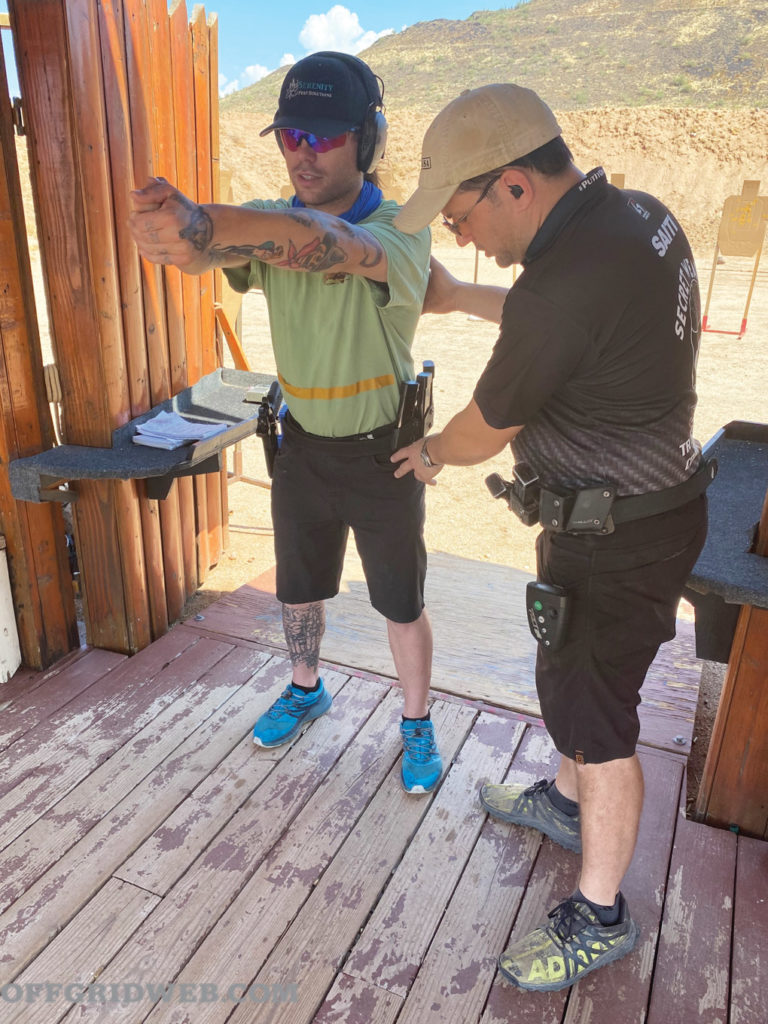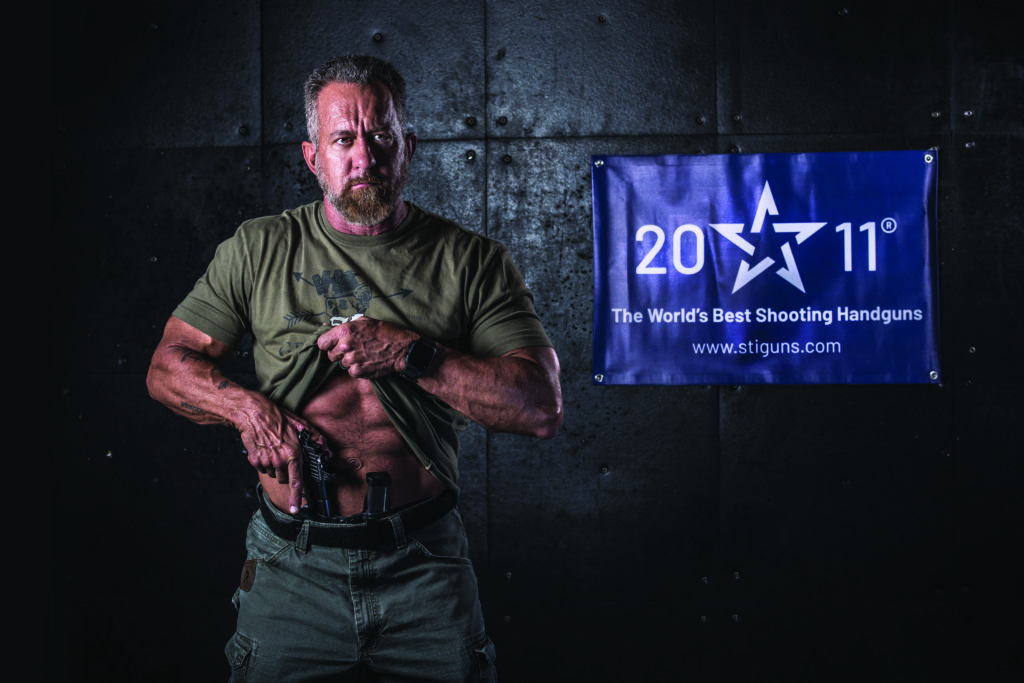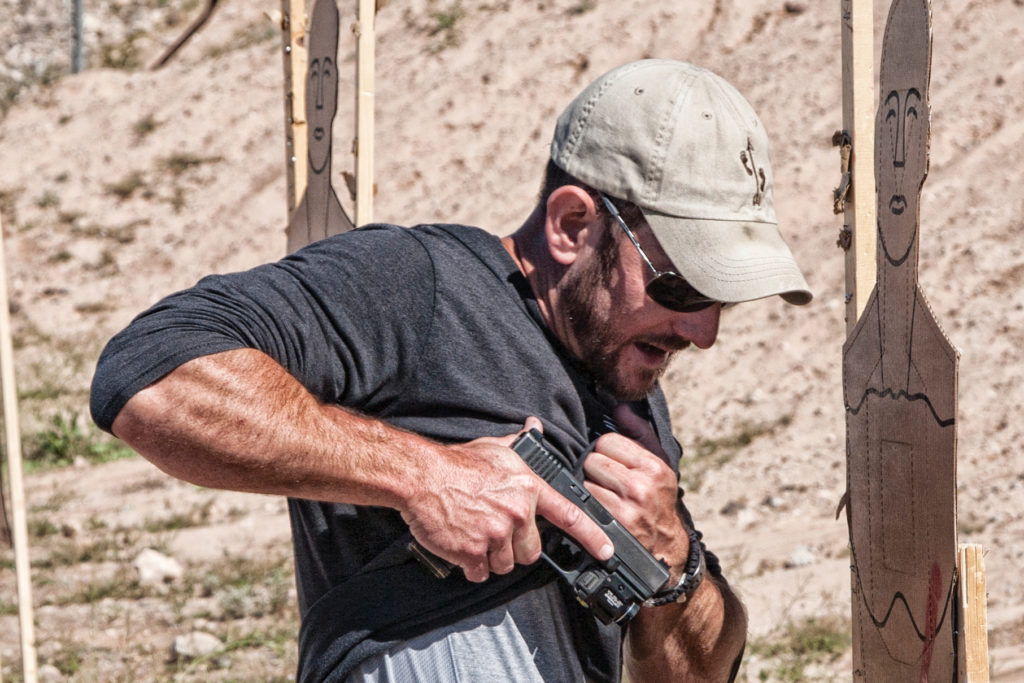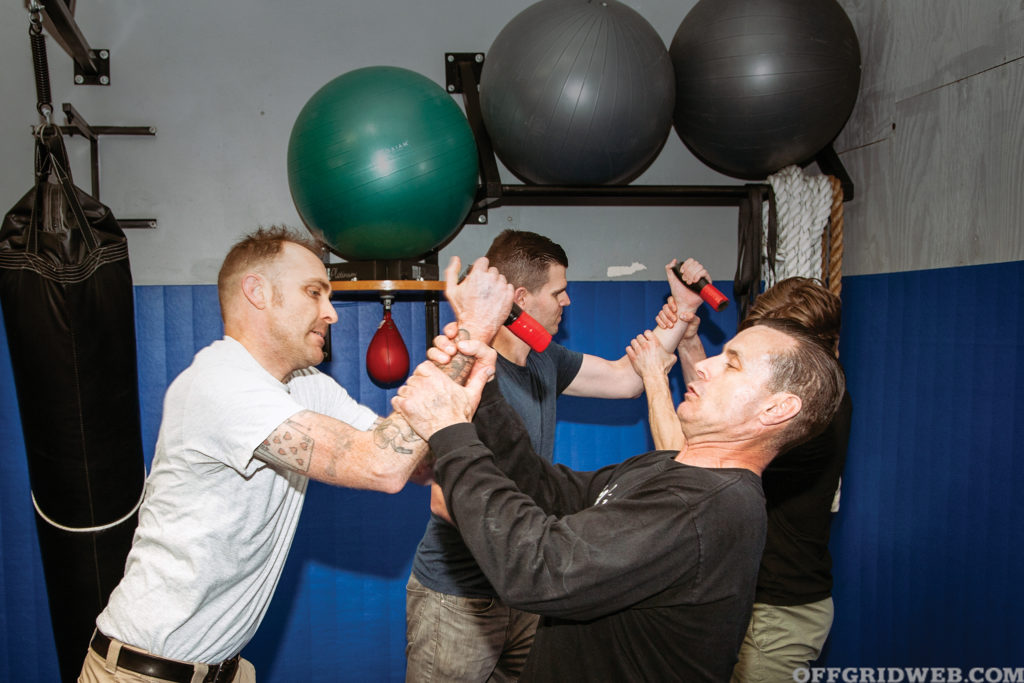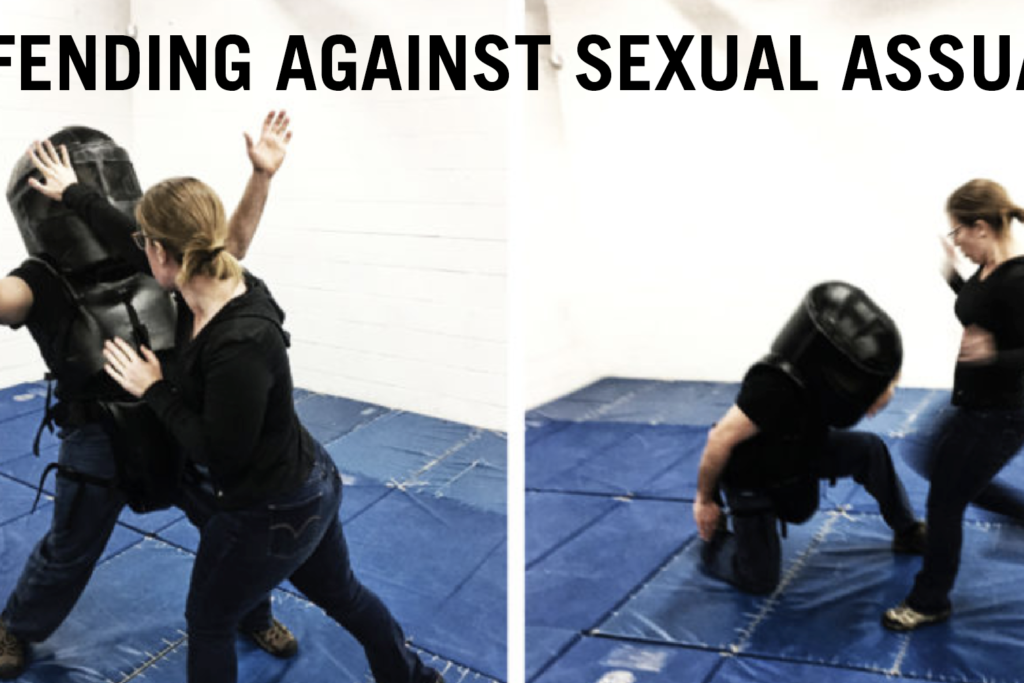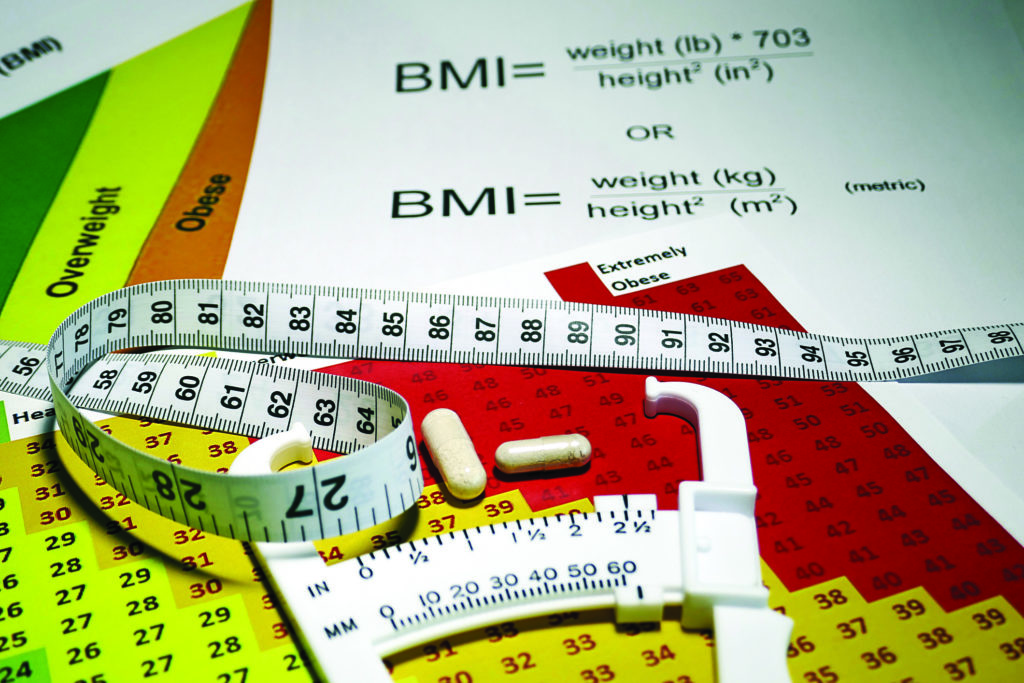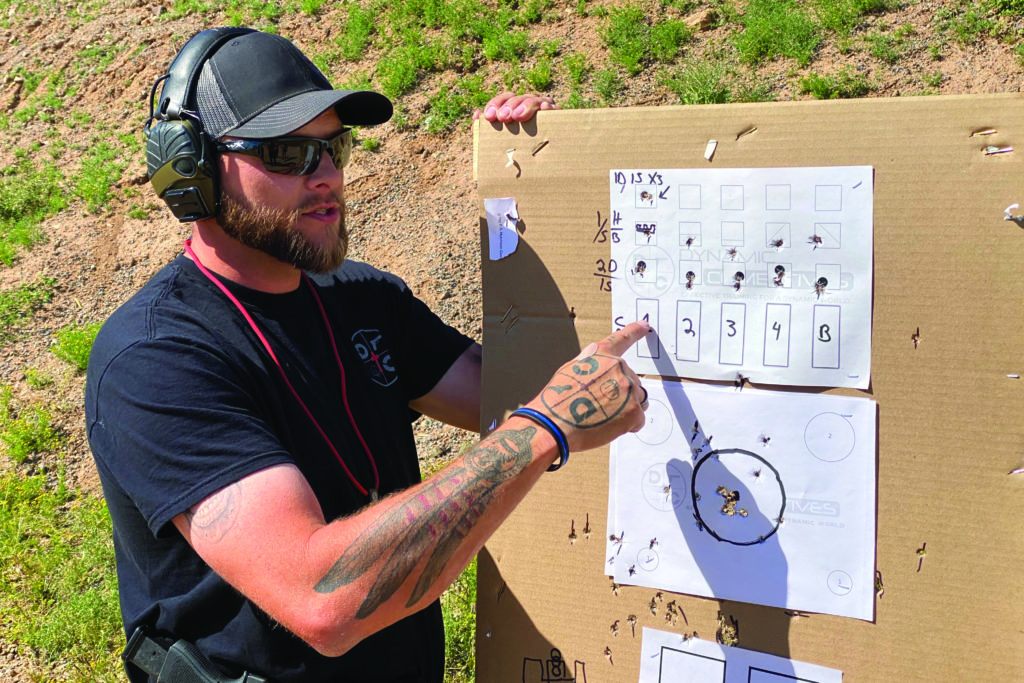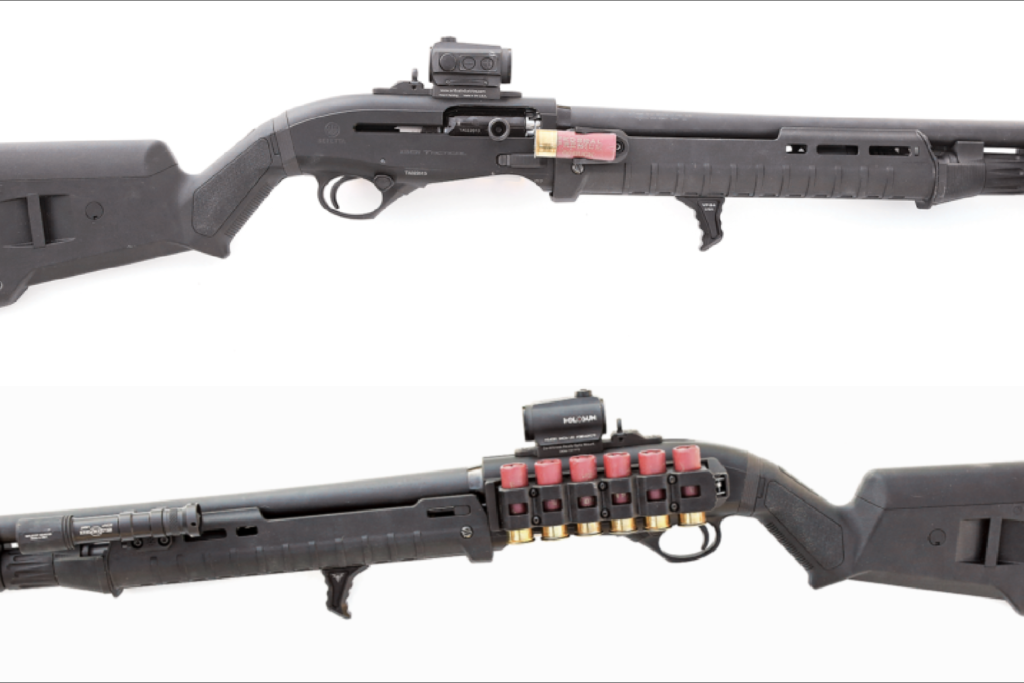I recently participated in my very first two-gun match alongside Iain Harrison, RECOIL’s editor-in-chief, and Nick Saiti, a frequent contributor to the magazine. Both of them made the stages I struggled with look easy. I soon learned that Saiti, who I had just met that morning, is a Grand Master in all eight USPSA divisions. He was kind enough to offer me some pointers and encouragement, and at the end of the match, he invited me to join him at an upcoming Competition Pistol Clinic hosted by his training company, Secret Weapon Training. After watching him shoot, there was no way I was going to pass that up.
Unlike prior classes I’ve written about, this class was specifically designed to help competition shooters. Before you dismiss this as impractical, remember that it’s a different approach to the same end result: fast, consistent hits on targets. There are differences, of course, but if you’re a good competition shooter, it’s not hard to apply those same skills to self-defense.
Saiti explained that he breaks down shooting skills into six manageable chunks, which must be mastered individually and then layered. The first subject of the day was stance. Feet should be shoulder-width apart, hips square to the target, and knees and elbows slightly bent to absorb recoil. Saiti recommended shifting more weight onto the balls of my feet until I almost toppled forward. I felt my toes digging into the ground and shin muscles tightening — this greatly improved my stability.
The second topic of the clinic was grip. Some instructors recommend 60/40 or 70/30 pressure from your support and dominant hands; Saiti recommends 100/100. Grip the gun as tightly as possible with both hands, as long as trigger finger dexterity isn’t diminished. Choke up high on the grip, make sure there are no voids between the hands and the gun, and push the support thumb forward on the frame.
Third, Saiti discussed draw technique. Both hands should be moved in unison to the level of the holster; this symmetrical movement prevents favoring one side. Establish a consistent, strong grip, and bring hands together in the workspace where you’d naturally clap your hands. Keep the barrel flat as you drive the gun up and out to eye level, fast at first, then slower to acquire a sight picture. To test your draw, start with a good stance, close your eyes, draw normally, and open your eyes. If your mechanics are perfect, you should see a clear sight picture every time. Saiti says, “Technique will take you most of the way. Your eyes just confirm it.”
These three topics are the most fundamental layers — if you can nail them, you’re off to a great start. Reloading was the fourth topic. Focus on getting the mag up to the gun and aligned quickly, then guide it in and re-establish grip. Too many students try to save time by slamming the magazine in quickly; this is only a tiny fraction of the reload time. Topics five and six, efficient transitions and movement, offered more “meat on the bone” to shave time that can be spent taking shots.
Saiti closed the Competition Pistol Clinic with an analogy. If you spill nails on the floor, what’s the fastest way to clean them up? You could go get a vacuum, rig up a magnet on a string, or Google a solution, but the real answer is to simply bend down and pick them up immediately. Learning to become a Grand Master is much the same — it’s a matter of time and hard work. At the end of this class, I noticed measurable improvement in my speed and consistency, and felt renewed determination to keep working on my fundamentals.
For more information on Secret Weapon Training, go to www.secretweapontraining.com or check @secretweapontraining on Instagram.
More from OFFGRID on Training and Preparedness
- Survival Gear: Plate Carriers and Chest Rigs.
- Human Trafficking: Hidden in Plain Sight.
- Eye in the Sky: The Basics of Home Security Cameras.
- Reconnaissance Training with Guerilla Mentor.
Related Posts
The post A Competitive Advantage with Secret Weapon Training appeared first on RECOIL OFFGRID.


